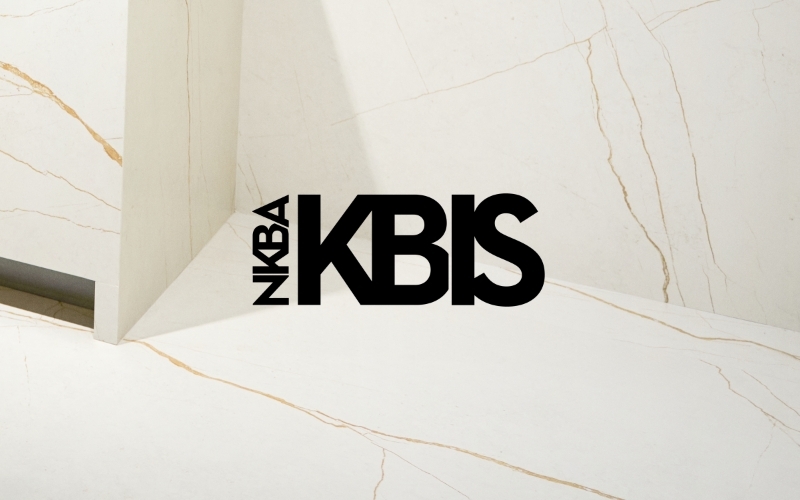Industry Trends
Marketing Insights
Some people enjoy being scared. Just look at the hordes who pay $60 to go to haunted houses every October. Oooh clown! Ahhh zombie! Sooooo scary!
Haunted houses aren’t really scary, because the monsters won’t actually hurt you. For some marketers, though, there are real, frightening things happening in the marketing landscape today.
Here are four potentially scary things marketers should pay attention to:
1. Brand differentiation and stature are losing clout.
The complex relationship between consumers and brands is changing.
Historically, brand clout depended on brand recognition (esteem) and performance differentiation (whiter whites!). But differentiation ebbed over the years as performance advantages became harder to sustain. Today, instead of driving brand loyalty, esteem might mean long-established brands feel old and out-of-touch.
What’s scary about that? Big brands invest a huge amount of money and resources to drive differentiation and build esteem. The classic branding scheme — positioning a product around some real or imagined point-of-difference and locking it in for years or even decades — is slipping. Many long-established brands are watching their ROI erode, while brands perceived as more relevant capture more market share. These upstart competitors are better at getting consumers involved in their stories that include causes or activities consumers care about.
The result? Today, brand strength is all about involvement and relevance. The Bud Lights of the world are probably shaking in their boots.
However, this change in the marketplace doesn’t have to be scary. In fact, it’s a great time for brands to find new ways to create opportunities and connect with customers and markets. Brands that are relevant and involved will gain consumers’ devotion, and that goes a long way.
Stay ahead of the curve by maintaining relationships with your existing customers and nurturing budding relationships with potential customers. In times of change, consumers re-evaluate and reconsider their product decisions. Don’t be afraid to capitalize; now might just be the perfect time for you to test a new approach or pursue a new audience.
2. Social media brands show their shadow.
Instagram, Snapchat, Twitter, Myspace (remember Myspace?), Facebook. They were liked, loved, ubiquitous. But all of a sudden, social media marketing inspires dread and conjures shadows. We really got to know the social media landscape only to realize…there are monsters there.
Due to the nature of the social media business model and value proposition, these platforms’ value resides solely with their users. And in 2017, Twitter, Facebook and YouTube users revealed shadowy elements of social media, from Russian troll armies to orchestrated competitor bashtagging. The darker side of the social media sphere is squarely in the spotlight.
Scary? Yes. But it was bound to happen.
Social media platforms are open places that expose human nature. In the social media world, the good, the bad and the ugly come to light and, in turn, can rub off on the brands that advertise in their proximity.
In a way, social media is like a great party gone bad. A lot of the well-dispositioned people have gone home, leaving an ill-mannered few to trash the house and make noise. Meanwhile, the neighbors really just wish the hooligans would quiet down and stop all that tweeting before someone calls the cops.
3. App fatigue is real.
Apps are hip, right? Or so we thought.
Apps can be hip if they solve a problem for users and provide real value. But lately, we’ve got a glut of apps on our hands — a real-world example of quantity over quality.
With 2.5 million existing apps and thousands of new apps introduced each day, app fatigue is real. And in the last 18 months, the proliferation of “just because” apps trained users to regard many new apps like junk mail.
"Don't push your app at me! I don't want it."
How do I know? Because people started making apps that get rid of apps. (Yes, there’s an app for that.)
If you’ve been slow to jump on the app train, be at peace and remember Levi Strauss. Overcome by gold-rush fever, he headed west in 1850 only to end up a solid gold failure (he was a terrible miner). Disappointed, he instead opened a dry-goods store selling to all the other gold fever-struck miners. And the rest is history.
Be like Levi. Don’t go for gold. Instead, solve a customer problem (that may or may not eventually require an app).
4. Programmatic media can be marketing gold...or brand kryptonite.
Programmatic media is full of potential. Based on the consumer profile rather than brand placement on a specific site, it’s also low-cost, has strong click-through and conversion rates, helps maximize digital spend and offers valuable customer data.
Great, right? Almost too good to be true?
Yes, because there’s a catch.
Programmatic buys go everywhere, literally to hundreds of thousands of websites. Many of these sites include valuable, beneficial content.
But some of them are bad. Scary bad. Programmatic media companies use filters to eliminate obvious pornography, hate speech, etc., but these filters still can’t assess ideas and concepts for their ability to complement advertiser brand equity…or destroy it. That’s why programmatic buys need to be evaluated by humans to ensure a brand is in good standing.
Programmatic isn’t brand kryptonite. But careless, fully automated programmatic is downright scary. And a solid programmatic buy, managed by a knowledgeable human, can be extremely effective. Otherwise, you could end up like the breast cancer funding ad beside placements for “15 models wearing nothing but milk.”
The moral is: don’t go out alone. Get a sharp media analyst who can digest your data, react to the results and implement strategic decisions to make it even more effective.
So, what's the moral of this scary story?
Be a trailblazer.
Remember the people who spend their hard-earned money to pee their pants in haunted houses? There is something to be learned from them. Pee your pants.
I’m joking.
These fear seekers walk toward what scares them. They know there will be roadblocks along the way. In their case, it’s a guy with chainsaw. And in the marketing world, we have to be cognizant of the roadblocks, even if we aren’t being chased through a corn maze by guys with chainsaws.
Marketing looks different now than it did 20 years ago, 10 years ago and even five years ago. It is constantly evolving, so there will always be something daunting ahead. To stay on top of the twists and turns, you have to be brave, determined and willing to take risks.
Embrace what scares you. It could be the key to your brand’s success.


